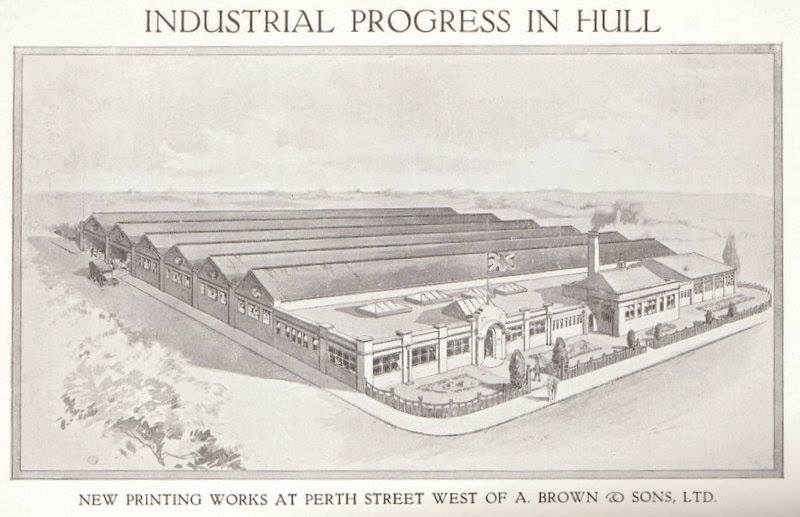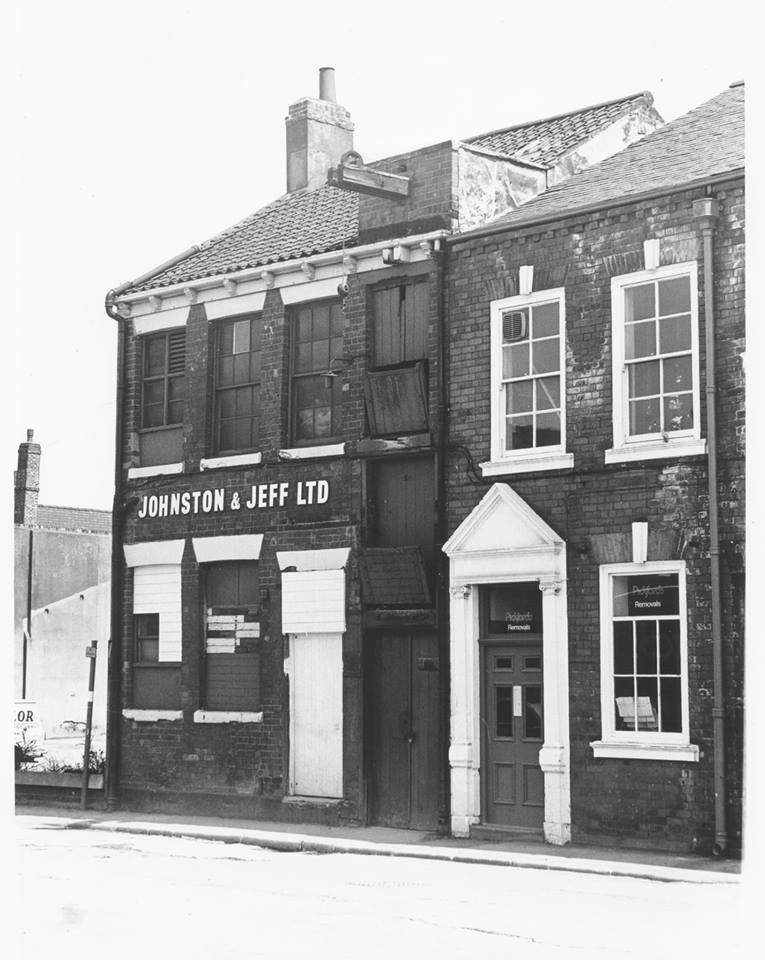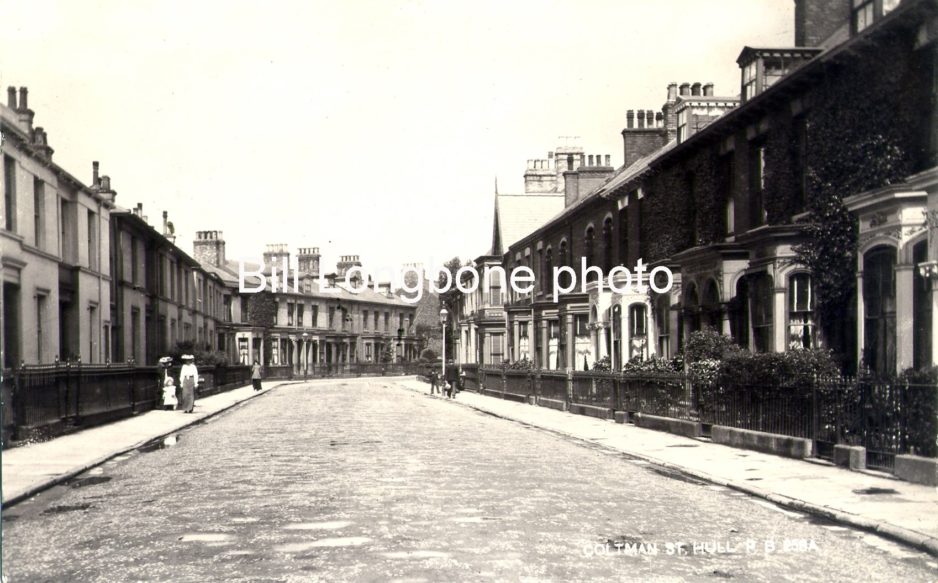Most people in Hull are familiar with, and have an affection for, Brown’s Bookshop in George St, few will be aware that the graves of the founders family are located in Hull General Cemetery, although unfortunately their headstones no longer remain.
Anthony Brown was born in 1829 in Holme on Spalding Moor, where he married Mary Ann Raney in 1850 and had one son, John, who was born on 1 December 1850, the family moved to Hull, but sadly Mary Ann died on 19 August 1853 aged 25. Anthony later married Sarah Ann Sharp on 20 May 1858, and they had a daughter and a further 4 sons (3 of whom died whilst young). In 1860 Anthony established a booksellers and publishing business in Prospect St.
The eldest son, John, trained as a publisher in London, joining his father’s business in 1870, the same year that the Education Act (Forster Act) was introduced to provide free, compulsory and non-religious education for all children. Anthony immediately saw the opportunities, and rapidly expanded his business, opening a school outfitters. John became a partner in 1872 when the company became A Brown & Son. When the company opened larger premises at 26/27 Saville St in 1877, John’s brother, Walter, also joined the company, becoming A Brown & Son(s).
Anthony died of bronchitis at his home at 74 Peel St on 2 January 1880 aged 51, and was buried in Hull General Cemetery. His wife Sarah Ann died in Newcastle on 11 May 1919 aged 82, and is also buried in HGC.
After his death, the business continued to expand under the stewardship of John and his brothers, and in 1895 they expanded into 28 & 29 Savile St, and also opened printing works in West St. (Brown Brothers). John became the company’s first chairman in 1905, when they opened new printing works at 15 Dock St backing onto the rear of their George St premises.
John had married Annie Elizabeth Strapps on 16 March 1876, initially living at 38 Peel St, before moving to Hazeldene at 34 Pearson Park, where they had a daughter Lilian.
John became active in local politics, becoming a JP, Alderman, Sheriff and eventually Mayor of Hull in 1912/1913. The same year, the company created a new School Stationery manufacturing department at 19-21 Dock St, and in 1929 opened purpose built printing works and warehouse in Perth St West.
John died at his home in Hazeldene of a cerebral thrombosis on 19 January 1920, and was buried in the Strapps family grave in Hull General Cemetery. His wife Annie (incorrectly recorded as Amy), died of cancer on 18 August 1925, her cremated remains were buried in HGC. After Annie’s death, the house was left derelict for a number of years until it was purchased by local builder and entrepreneur, Robert Tarran in 1937.
Mr Tarran renovated the house at his own expense to accommodate a number Basque refugee children who had been evacuated from northern Spain after the the German attacks on Guernica during the Spanish Civil War.. The children remained in the house until after the war, when they were repatriated, although some remained in Hull. The house received a blue plaque in 2017 to commemorate its role in housing the Spanish children.



